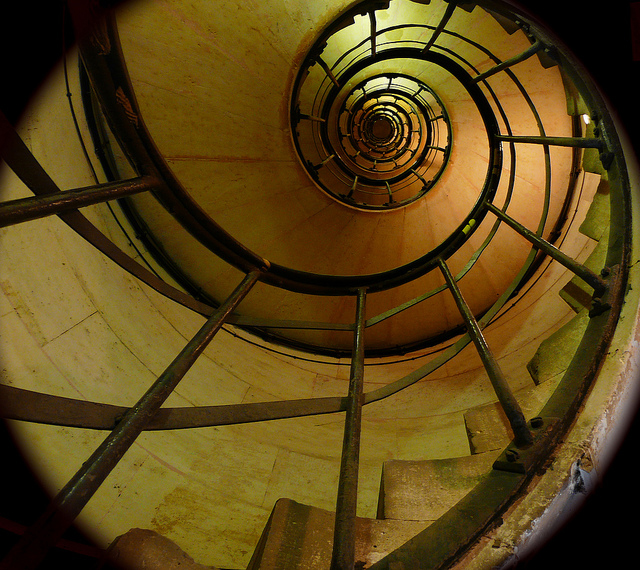The design department here at Ooligan is in charge of two important processes in the production of our books: cover design and interior design. While the cover design process is quite exciting—involving lovely color palettes, gorgeous fonts, and bold ideas—the interior design process is decidedly more technical: it’s concerned with reliable fonts and a clean layout, because good interior design is often invisible to the reader. It’s only when interior designs break from what we are used to that we notice them. This can happen in two vastly different ways: a design that frustrates our ease of reading, or a design that enhances our reading experience through visual elements such as photos, illustrations, or even the creative formatting of different aspects of the text.
There are countless examples of beautifully designed illustrated interiors with varying levels of complexity. The most common types of illustrated interiors include some kind of artwork or photographs to illustrate the text. An interior design might take a more classic approach to incorporating photographs or illustrations—working with the pre-established grid layout of a page spread—or it might spread to the edges of the page, such as in an art or photography book. When it comes to creating photographic or illustrated interiors, publishers’ main concerns are the quality of the printing and the content of the images.
While we typically think of illustrated interiors as belonging to the realm of children’s books and nonfiction categories such as cooking, photography, and art, there is a small category of fiction that utilizes illustration and formatting in a way that is different from the traditional categories above. In children’s books, we use art as entertainment but also as a learning tool—it aids imagination and word association. In nonfiction books, we use it for visual appeal as well, but there is also an informational aspect to it; for example, in cookbooks, we want to know what the recipe will look like before we try it out ourselves. In fiction—including genres like sci-fi, fantasy, literary fiction, and young adult—stories don’t require much imagery beyond the cover art. The reading level of the audience for these genres is higher, and the stories can rely solely on the imagination of the reader because the words tell us everything we need to know.
But sometimes when a story breaks the traditional rules—by, for example, skipping around in time or being told by more than one narrator—the conventional layout of a book interior is not enough: visual design is necessary to help it make sense. This is similar to how we need the layout of social media sites like Facebook and Twitter in order to make sense of the content of a person’s post; we wouldn’t read what was on Twitter if everything was plain text. Thus, books with unconventional narrative elements rely on the interior design to tell part of the story or to add to it in some way. It’s a subtle difference from traditional illustrated interiors, but one that matters immensely—like the difference between labeling a picture of a heart with the word “heart” and labeling it with the word “love.”
Though there are certainly many different examples across genres, some of my favorite illustrated unconventional books include Amie Kaufman and Jay Kristoff’s The Illuminae Files—a sci-fi trilogy (Illuminae, Gemina, and Obsidio) that tells its story through a series of found documents, transcripts, and comics by YA author Marie Lu—and Brian Selznick’s Wonderstruck, a middle-grade title that is told half in pictures and half in words, has two alternating narrators from different time periods, and features Selznick’s breathtaking pencil illustrations.
Ooligan’s upcoming October 2019 title, Odsburg, will follow in the footsteps of these nonlinear narratives, as it is a collection of found documents relating to the fictional town of Odsburg, Washington, compiled by the world’s first and only socio-anthropo-lingui-lore-ologist, one Wallace Jenkins-Ross. In light of various clues—from mysterious audio recordings to curious ephemera provided by the residents that Jenkins-Ross meets around town—it is increasingly clear that something isn’t quite right. From the very first week after we acquired Odsburg, we knew that there was huge potential for this book to bend the traditional conventions of interior book design. And, unlike with our other titles, whose interiors are almost exclusively completed by one designer with oversight from the design manager, the interior of Odsburg has been an immensely collaborative effort on the part of several different designers as we have worked to create a host of peculiar found documents described, recorded, and collected by Jenkins-Ross.
Not only have we been making decisions about how to design many of the found documents, but we have also been figuring out how to portray the physicality of these documents, many of which are crumpled, wet, folded, and torn when Jenkins-Ross finds them. This is where the photographic and illustrated aspect of our interior has come into play. To achieve the right effect, our design team has experimented with photocopying and finding different kinds of materials, paper samples, writing tools, and fonts.
Odsburg will be published in October 2019! We can’t wait for you to experience it for yourself.

